Biotechnology Facility
- Centers and Labs
- Youssef Jameel Science and Technology
- Facilities
- Biotechnology Facility
The Polymerase Chain Reaction, or PCR, replicates DNA; microplate readers are used to detect biological, chemical, or physical events of samples in a microliter plate; Electrophoresis units separate macromolecules based on the size under the influence of a spatially uniform electric field and the Spectrophotometer is commonly used for the measurement of transmittance or reflectance of solutions. All this equipment is used to support a wide variety of research.
Click here for access request: AUC internal users
For Reservations:
The Polymerase Chain Reaction, or PCR, is a machine for replicating DNA. It is capable of taking a small amount of DNA, or even a single molecule, and amplifying (copying) a specific region exponentially, PCR is able to do this by targeting a small region of DNA. It provides over 1.3 million predesigned primer/probe sets covering 23 species, the most comprehensive set of quantitative gene expression assays available. The specific region of targeted DNA is determined by how the reaction is set up, based on the specific “PCR primers” added to the reaction mixture. Virtually any sequence of DNA can be targeted.
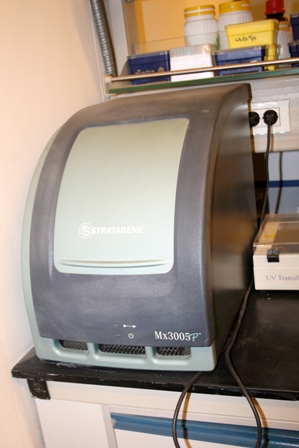
Plate readers, also known as microplate readers or microplate photometers, are instruments that are used to detect biological, chemical, or physical events of samples in microtiter plates, Common detection modes for microplate assays are absorbance, fluorescence intensity, luminescence, time-resolved fluorescence, and ultraviolet ranges.
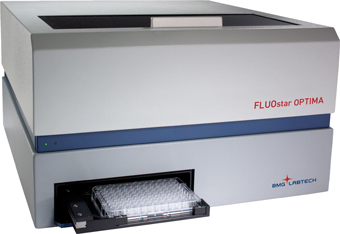
Electrophoresis is a technique used in laboratories in order to separate macromolecules based on the size under the influence of a spatially uniform electric field. The technique applies a negative charge so proteins, DNA and RNA move towards a positive charge
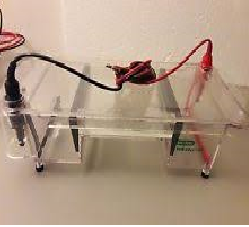
The Polymerase Chain Reaction (PCR) is a technology in molecular biology used to amplify a single copy or a few copies of a piece of DNA across several orders of magnitude, generating thousands to millions of copies of a particular DNA sequence.
Western Blot Apparatus (sometimes called the protein immunoblot) is a widely used analytical technique used to detect specific proteins in a sample of tissue homogenate or extract. It uses gel electrophoresis to separate native proteins by 3-D structure or denatured proteins by the length of the polypeptide. The proteins are then transferred to a membrane (typically nitrocellulose or PVDF), where they are cross-linked with antibodies specific to the target protein.
The centrifuge is a piece of equipment that puts an object in rotation around a fixed axis (spins it in a circle), applying a potentially strong force perpendicular to the axis of spin (outward). The centrifuge works using the sedimentation principle, where the centripetal acceleration causes denser substances and particles to move outward in the radial direction. At the same time, objects that are less dense are displaced and move to the center. In a laboratory centrifuge that uses sample tubes, the radial acceleration causes denser particles to settle to the bottom of the tube, while low-density substances rise to the top.
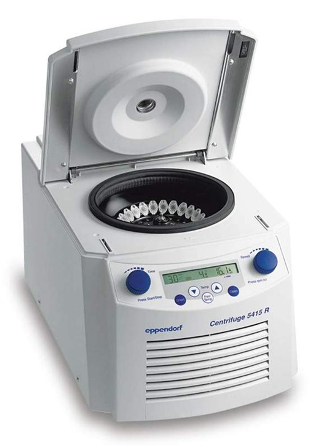
Specifications:
- Maximum Speed 13,200 rpm
- Maximum RCF 16,110 x g
- Rotor Capacity 24 x 1.5–2.0 ml tubes
The Sorvall RC-6 Plus is a compact high-speed centrifuge available with an unprecedented array of fixed-angle, swinging buckets, microplates, and special-purpose rotors. The RC-6 Plus easily handles a wide variety of samples and different processing requirements.
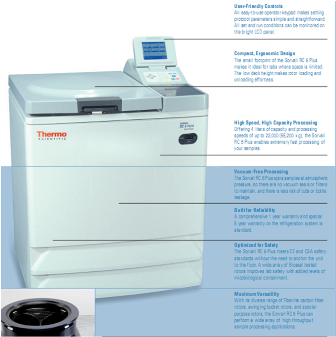 Sorval RC 6 Plus Superspeed Centrifuge | 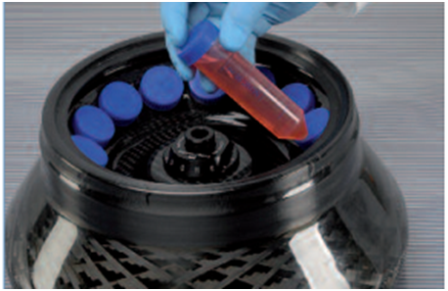 Carbon Fiber Rotor | 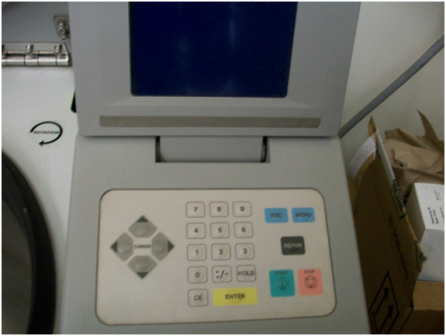 Operator Interface |
Shaking incubators, also known as environmental shakers, are often used for cell culturing, cell aeration, and solubility studies. In addition to stable temperature conditions, they use an orbital agitation at variable speeds to affect the growth of cell cultures.
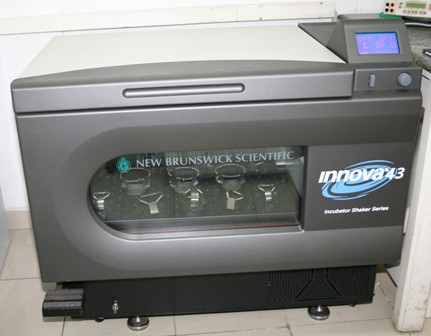
Water purifier systems use successive steps of filtration and deionization to achieve a purity expediently characterized in terms of resistivity (typically 18.2 MΩ·cm at 25 °C), The system monitors the ion concentration by measuring the electrical resistivity of the water. Higher resistivity means fewer charge-carrying ions. Most Milli-Q systems dispense the water through a 0.22 μm membrane filter.
A Spectrophotometer is commonly used for the measurement of transmittance or reflectance of solutions. It is employed to measure the amount of light that a sample absorbs. The instrument operates by passing a beam of light (at a specific wavelength) through a sample and measuring the intensity of light reaching a detector, According to Beer's law, the amount of light absorbed by a medium is proportional to the concentration of the absorbing material or solute present. It can also be designed to measure the diffusivity on any of the listed light ranges that usually cover around 200nm - 2500nm (visible light, near-ultraviolet, and near-infrared ) using different controls and calibrations.
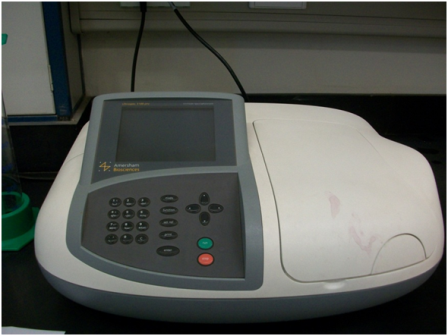
The Ultrospec 3100 pro UV/Visible Spectrophotometer has a high-resolution display and an extensive range of built-in applications software that is enhanced by full graphics and scaling capabilities coupled with data manipulation. The device contains stored protocols for nucleic acid quantification/characterization (DNA, RNA, cDNA, oligonucleotide, theoretical Tm calculation) and protein determination (Bradford, Biuret, Lowry, BCA, and UV methods) as well as basic modes. Fifty user-definable methods can be saved and with a range of output modes - direct to Microsoft TM Excel, controlled by SWIFT II software, and output to a range of printers.
Polymerase Chain Reaction (PCR) is a technology in molecular biology used to amplify a single copy or a few copies of a piece of DNA across several orders of magnitude, generating thousands to millions of copies of a particular DNA sequence.
The thernoimixer comfort. Thermomixer R offers many options for temperature control and mixing of liquids in the microliter and milliliter ranges.
ImageQuant 300 is an affordable, high-performance, multipurpose gel documentation, and image analysis system. It is a full-featured darkroom cabinet for a complete range of lighting possibilities. It has a wide dynamic range camera to avoid saturation problems. It has high-resolution imaging over the entire area of a full-size transilluminator.
Sanger sequencing, also known as the chain termination method, is a technique for DNA sequencing based upon the selective incorporation of chain-terminating dideoxynucleotides (ddNTPs) by DNA polymerase during in vitro DNA replication. It was developed by Frederick Sanger and colleagues in 1977.
Pyrosequencing is the first alternative to the conventional Sanger method for de novo DNA sequencing. Pyrosequencing is a DNA sequencing technology based on the sequencing-by-synthesis principle. It employs a series of four enzymes to accurately detect nucleic acid sequences during the synthesis. Pyrosequencing has the potential advantages of accuracy, flexibility, parallel processing, and can be easily automated. Furthermore, the technique dispenses with the need for labeled primers, labeled nucleotides, and gel-electrophoresis. Pyrosequencing has opened up new possibilities for performing sequence-based DNA analysis.
Important Note: This equipment is under maintenance.